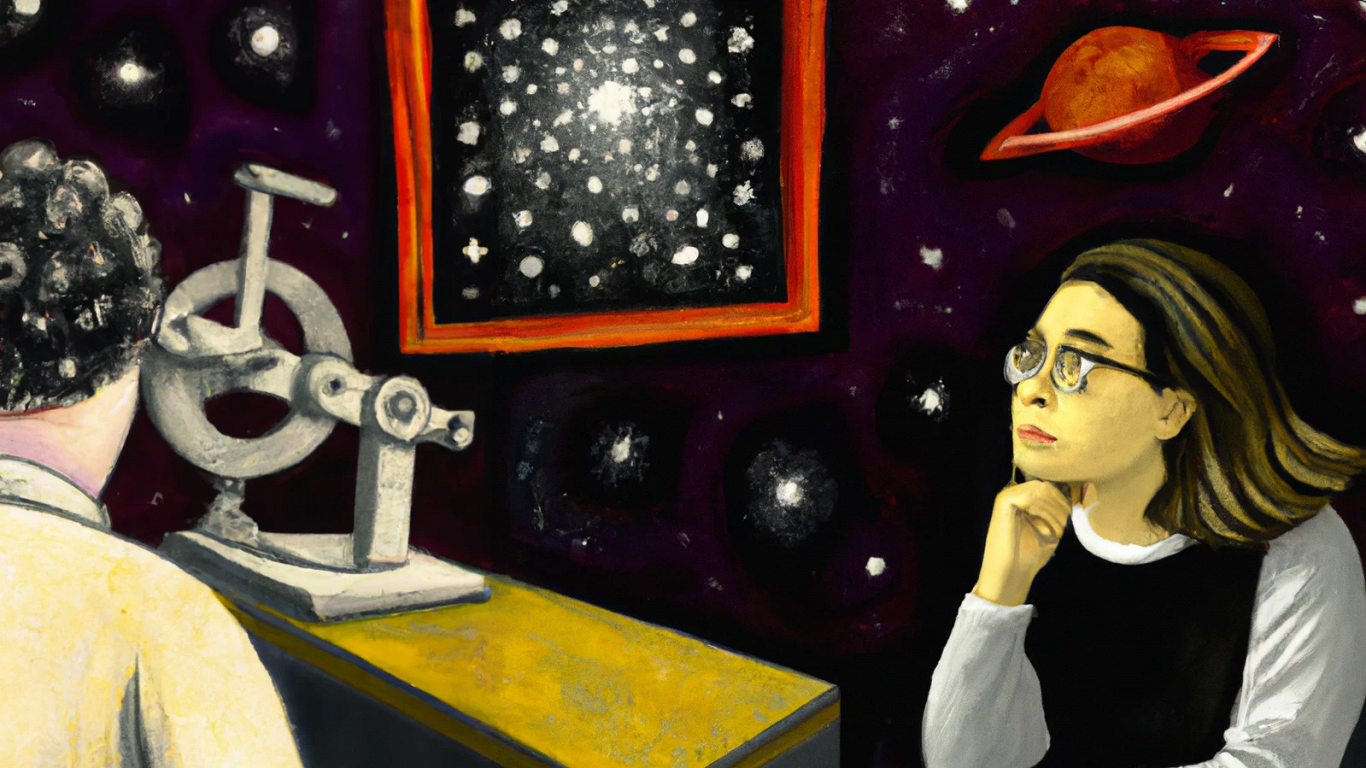Their research has already made it possible to understand that the composition of interstellar ice is similar in different cosmic nebulae, since the composition of ice is regulated simultaneously by several mechanisms. Further applications of this model will bring new discoveries, including about the processes during the birth of stars.
Astronomy & Astrophysics, the most important research journal of astronomy in Europe, published the study of astronomers of Ventspils University of Applied Sciences on matter in the distant space. Astronomers Juris Kalvāns, Aija Kalniņa and Kristaps Veitners of the Ventspils University Institute Ventspils International Radio Astronomy Center use a mathematical model to reproduce matter in cosmic nebulae in the interstellar environment.
The mathematical model studied the ability of molecules to freeze onto microscopic mineral dust floating in gas in cosmic nebulae. As the matter freezes, a layer of ice forms on each dust particle. For the first time, the model includes such aspects as the different size and temperature of the dust, the internal structure of the ice layer, as well as the escape of molecules from the ice surface back into the gas.
Such “interstellar ice” is known to us as comets, which are nothing but a few solid remnants of the Sun’s native cosmic nebula, which have survived almost intact the life of the Sun – 4.6 billion years. The main components of such interstellar ice are well-known substances – water ice, frozen greenhouse gas, carbon dioxide, nitrogen, ammonia, methane and methanol.
Current knowledge shows that comets delivered “ready-to-use” concentrates of organic substances to Earth, possibly contributing to the emergence of life on the “newly baked” planet, which at that time could not boast of a wealth of organic compounds.
Today, comets are seen as a strategic resource in space, containing the most important raw material for interplanetary bases – water, which will be needed both to maintain a human crew and to obtain rocket fuel. Comets are also rich in hydrogen isotope deuterium, the fuel for nuclear fusion reactors.



























